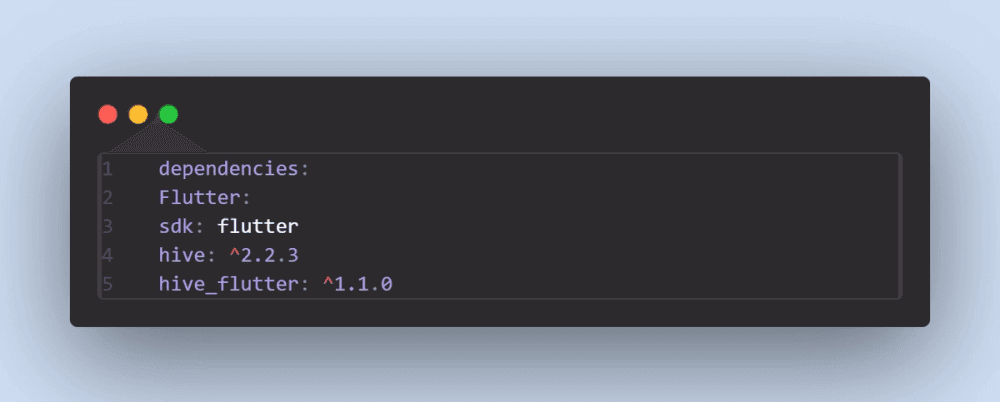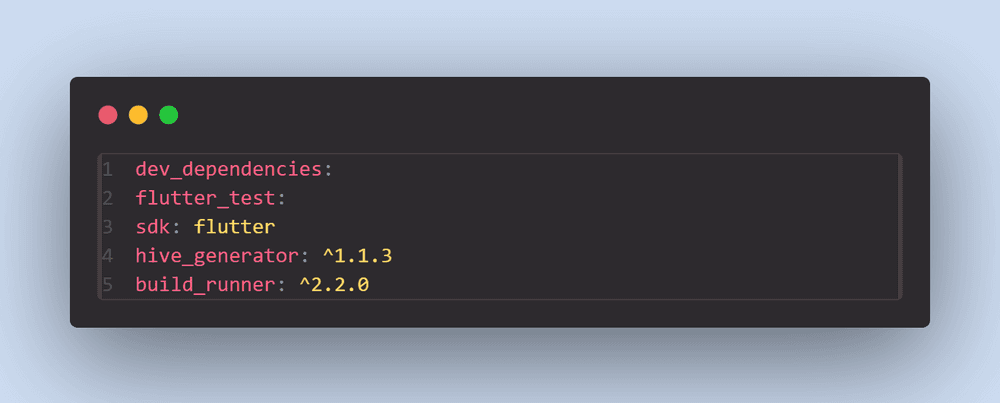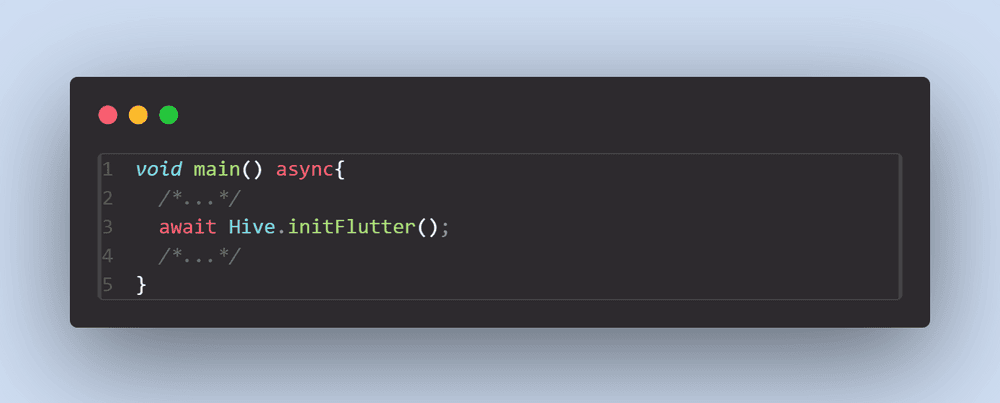If you're dealing with tricky offline data storage or aiming for an unbeatable user experience, combining Flutter and Hive can be a game-changing strategy. Offering rich insights and expert tech guidance, you're set to revamp your applications from basic to impressive. This new era of application development with Flutter and Hive meets quickness, productivity, and dependability.
In mobile app building, handling data is key. Look into the detailed blend of Flutter and Hive in this guide. It's about boosting data storage, particularly when offline. Flutter is a top-notch UI kit from Google. Hive is a super-fast NoSQL database in Dart. Together, they're a perfect pair for up-to-date app makers. With an emphasis on app function and data management, this alliance between Flutter and Hive shifts the game for developers everywhere. Picture utilizing Google's ground-breaking UI toolkit, Flutter, fused gracefully with Hive's speedy NoSQL database. This guide is your key to capturing the potential of this powerful pair. It opens up whole new efficiencies and efficiency in mobile app building.
Understanding Flutter and Hive
What is Flutter?
Flutter, a Google-made, open-source UI software development kit, is known for one neat trick: creating applications that can work across multiple platforms—Android, iOS, Linux, Mac, Windows, Google Fuchsia, and the web—all from a single code base. Here are its few characteristics:
- Hot Reload: Quickly explore different avenues regarding UI, fix bugs, and add highlights.
- Expressive UIs: Make delightful, locally arranged applications.
- Local Execution: The direct accumulation of local machine code guarantees ideal execution.
What is Hive?
Hive is a nimble, high-functioning NoSQL database. It's created specifically for use with the Flutter framework and Dart programming. Hive works as a key-value store and efficiently saves and fetches local data. This makes server-side databases unnecessary, which makes them adaptable to various app requirements.
Seamless Database Management Using Flutter Hive
Thanks to Dart and Flutter integration, Hive works smoothly for mobile and desktop apps that can utilize top performance and resources wisely. Hive is special because it supports type safety and lets it save and retrieve Dart objects directly, cutting down on serialization and deserialization overhead. In Hive, ACID transactions are like a strong system that keeps your data safe and easy to find. This is key in making sure the database stays uniform and in order.
- Atomicity: It means that all parts of a Hive transaction must work. If a transaction has multiple steps, every step must be finished correctly, or all steps won't be completed. This stops the database from becoming unstable because of unfinished operations.
- Consistency: Like a bee tending to a hive, the Hive looks after data consistency during all transactions. Every transaction flips the database from a stable state to another rightful state, following all sets of rules and guidelines. This makes data trustworthy and similar after every action.
- Solitude: Transactions are carried out solo. This means that while a transaction is happening, other transactions going on at the same time can't see what's happening in the middle. This solitude is super important for stopping data from getting mixed up which can happen when data is being accessed and changed all at the same time.
- Stability: When a procedure makes any changes, they last. These changes stick around, even if the system breaks down. This lasting stability is the key to keeping data reliable. It guarantees that when a process is done, it stays there and can always be found.
Advantages of Flutter-Hive Integration
- Improved Data Handling: The combination prompts proficient data handling and recovery, which is essential for dynamic application conditions.
- Nearby Storage Advancement: Direct data storage on the gadget augments application responsiveness and unwavering quality.
- Consistent Disconnected Activities: Ideal for applications requiring reliable execution in disengaged conditions.
- Adaptable Data Demonstrating: The NoSQL idea of Hive upholds adaptable and dynamic data models.
- Cross-Stage Relevance: Use Flutter's cross-stage capacities for an extensive range.
- Lightweight Structure: Offers elite execution with negligible assets above.
- Usability: Its Dart-local design and intuitive API are exceptionally engineer-agreeable.
- Adaptability: effectively oversees enormous datasets.
Cons of using Flutter Hive:
- Complex Questions: Hive's abilities in dealing with complex inquiries are restricted compared with SQL databases.
- Arising Development: A few high-level elements are still being worked on as a generally new contestant.
How to use Flutter Hive to Manage Offline Data Storage?
Implementing Flutter Hive for data storage involves several technical steps, which are crucial to harness the full potential of this combination. Let's delve into a more detailed, technical walkthrough step by step.
Step 1: Preparing the Development Environment
Dependency Setup
The first step involves setting up your Flutter project to work with Hive. This includes adding dependencies to your pubspec.yamlfile. You will need to include hive and hive_flutter, which is essential for the core functionality of Hive within a Flutter environment. You can use the following code.

Then add these dependencies:

Step 2: Initializing Hive in a Flutter Project
To start the initialization process you can use the following code:

To initialize Hive in your Flutter project, you should call Hive.initFlutter() within your main Dart file. This function sets up the necessary environment for Hive, allowing it to operate efficiently within the Flutter framework.
Step 3: Advanced Offline Data Management Techniques
Box Management
Think of 'Boxes' in Hive, like tables in SQL databases—basic storage units. Knowing how to make, use, and handle these boxes affects your data storage. There can be two kinds of Boxes: lazy and non-lazy, depending on how you access the data. You can use the below code to access it.

To retrieve this data you can use the following:

Model Classes and TypeAdapters
Hive lets you save your objects. You can do this by making model classes and matching TypeAdapters, These TypeAdapters take care of turning Dart objects into other forms and back again. This means you can save complicated data formats. Custom TypeAdapters are used to change these special objects into a form that Hive can store and change back again.
Comprehensive CRUD Operations
CRUD (Create, Read, Update, Delete) operations form the core of data management in Hive:
- Creating Data: Use the box.put (key, value) or box.add(value) for adding new entries. Keys can be auto-generated or custom-defined.
- Reading Data: Retrieve data using methods like box.get(key) and box.values. These methods allow for fetching specific entries or all entries within a box.
- Updating Data: Modify existing entries using box.put (key, newValue). This method serves for both update and insert (upsert) operations.
- Deleting Data: Remove entries with box.delete(key). It's vital to manage deletions carefully to maintain data integrity.
Data Synchronization
Think of this - you've got a server somewhere that needs your Hive data. The data has to be in sync, right? That's when you come in with your game plan. You handle uploading and downloading data. Plus, you solve any conflicts. And you make sure everything runs smoothly, whether it's here, there or anywhere.
Data Encryption
Hive has a special feature to handle sensitive data. It creates a safe encryption key. This key locks up the content inside a box and Hive keeps your resting data secure.
Advanced Suggestions For Flutter Hive Integration
Custom TypeAdapters
For complex data types not directly supported by Hive, we must create custom TypeAdapters. It's about setting rules to change these complex objects into Hive’s storable format and back.
Execution Improvement
Making data easy to access and change is important when we deal with piles and piles of information. This can be done by using clever ways to handle keys, working with things called lazy boxes for big chunks of data, and making the TypeAdapter code better.
Large Data Handling
Handling big data without losing sight requires methods that include paging, data loading at an easy pace, and smart search.
UI Data Binding
When tying Hive data to Flutter's adaptable UI parts, it's wise to use StreamBuilder or FutureBuilder. These tools offer UI changes that react to data shifts.
Asynchronous Operations
Using Hive's non-stop abilities keeps UI tasks running smoothly. This is crucial for tasks that need more time, like syncing with a distant server or managing big data sets.
Wrapping up Flutter Hive
Merging Flutter, a handy UI tool, with Hive, a speedy NoSQL database, is a big step in app creation, especially with handling data offline. This mix meets a vital need in app creation - managing data effectively and dependably, even without internet. The link between Flutter and Hive comes up as vital in current app building, especially for situations needing strong offline data stashing and control. This highlights what can be done when two potent tech join forces, setting the stage for creating cutting-edge, productive, and user-focused apps.






